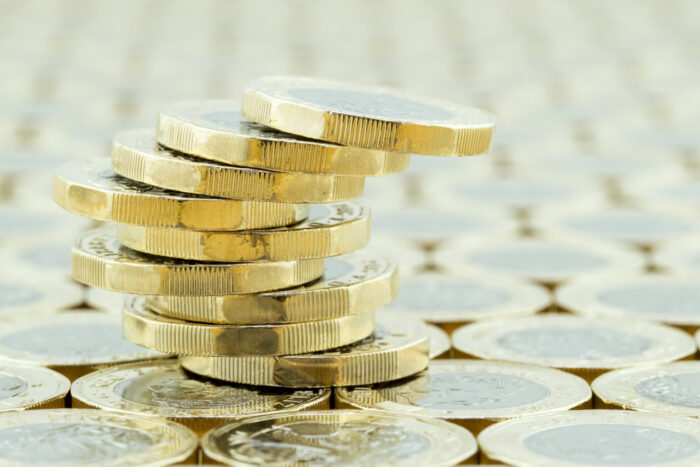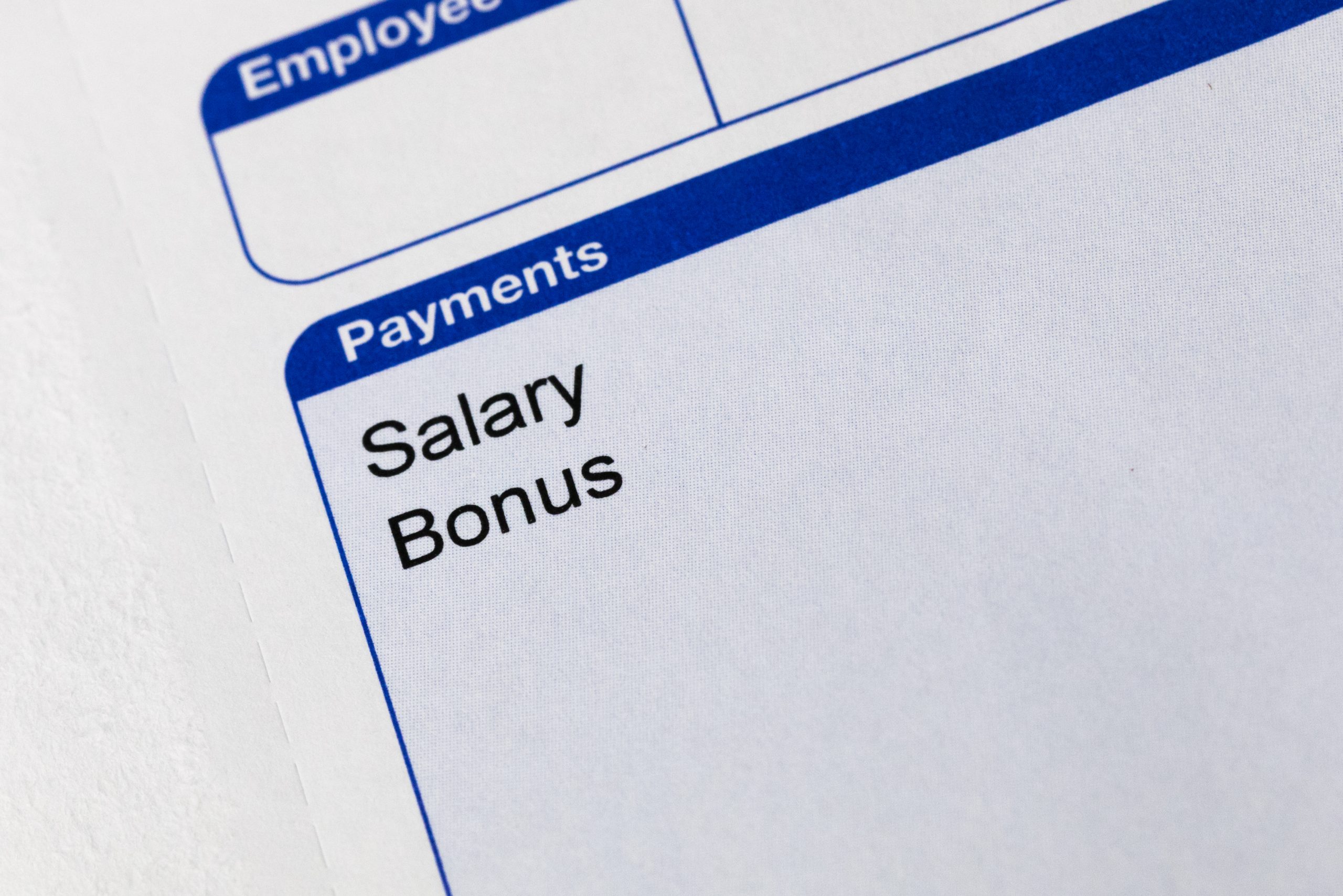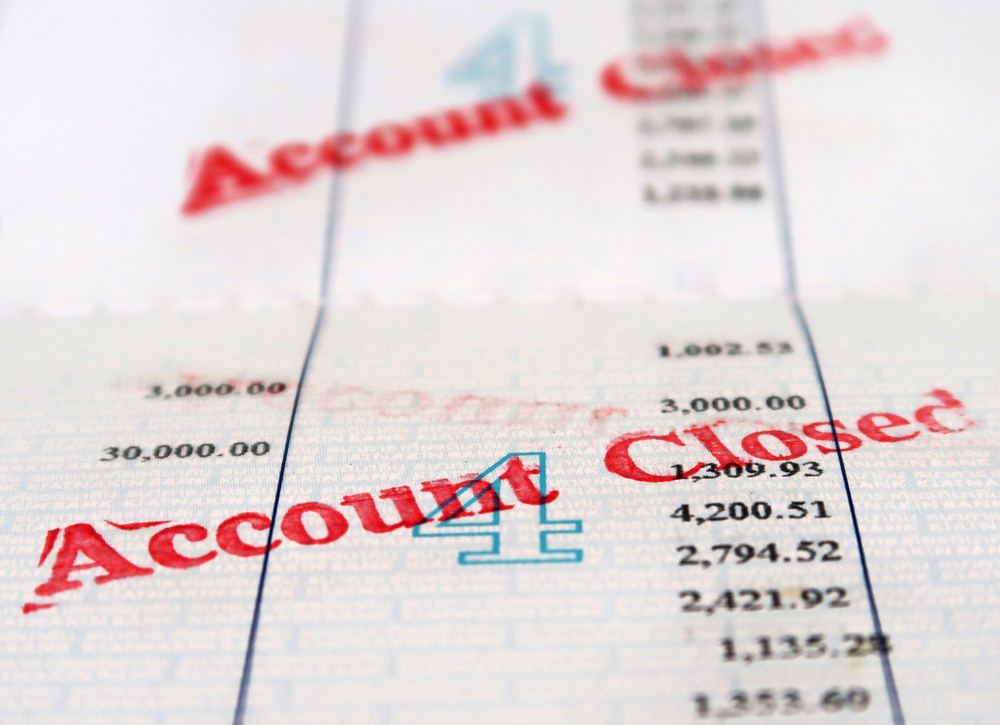Cash savings rates have increased at pace, meaning it’s easier for healthy deposit holders to breach the Personal Savings Allowance. But do you need to submit a tax return by the January deadline?
The tax return deadline is fast approaching on Wednesday 31 January, with more than five million yet to be filed.
Most self-assessment customers know they need to meet the deadline and pay any tax owed for 2022/23 by this date.
But for others, you may question whether you need to file in the first place, particularly if this was the first time interest on cash savings breached the Personal Savings Allowance.
The Personal Savings Allowance (PSA) was introduced in April 2016, taking away the tax burden on cash savings for millions of people (around 95% of taxpayers).
This is because under the PSA, any interest earned in banks, building societies, government or corporate bonds, credit unions or peer-to-peer-lending isn’t taxed up to a certain limit based on the income tax you pay.
Here are the thresholds:
- Basic rate (20%) taxpayers can earn £1,000 in savings interest tax-free each tax year
- Higher rate (40%) taxpayers can earn £500 in savings interest tax-free each tax year
- Additional rate (45%) taxpayers don’t receive a PSA.
Before the PSA was introduced, financial institutions deducted income tax from interest earned on products and accounts – apart from ISAs – at a flat rate of 20%, the basic rate of income tax.
For higher earners, the additional 20% was either collected through PAYE codes or via tax returns.
Personal Savings Allowance and PAYE tax code reliance
Following the introduction of the PSA, the flat rate is no longer deducted, with providers required to report savings information to HMRC as it places more reliance on PAYE codes.
If you’re employed or get a pension, HMRC will change your tax code so you pay the tax automatically. To decide your tax code, HMRC estimates how much interest you’ll get in the current year by looking at how much you received the previous year.
If you complete a self-assessment tax return, you need to report any interest earned on savings there.
But for those not in employment, not in receipt of a pension or if you don’t complete self-assessment, your bank or building society will tell HMRC how much interest you received at the end of the year. HMRC will then tell you if you need to pay tax and how to pay it.
An HMRC spokesperson, says: “For the majority of customers, tax on savings interest is automatically collected using their tax code.
“We will contact those who are not employed, do not get a pension or do not complete a self-assessment directly, should they need to pay tax on their savings interest.”
For those who’ve gone over their respective threshold for the first time, it directs individuals to the Income Tax: general enquiries – GOV.UK (www.gov.uk) for ways to contact it with any queries.
Now, it gets a bit more complicated and may require some PAYE workers to submit a tax return.
You need to register for self-assessment if your income from savings and investments is over £10,000.
Sarah Coles, head of personal finance at Hargreaves Lansdown, explains: “If you make more than £1,000 in dividends or savings interest you have to pay the tax, but you don’t need to do it through a tax return. HMRC can change your tax code or send a tax demand at the end of the year if you’re not employed. It’s only when you reach £10,000 that you definitely have to do the tax return.”
Stefanie Tremain, partner at Blick Rothenberg, warns: “Those taxpayers who may need to have registered for self-assessment therefore are those with interest income over £10,000 who are not already in self-assessment. The deadline to have registered with HMRC for the 2022/23 tax year was 5 October 2023 and HMRC can choose to impose late notification penalties on those who register for self-assessment late.
“Anyone who should have registered should do so as soon as possible. Once they have been issued with a unique taxpayer reference (UTR) the deadline to file their 2022/23 tax return will be the later of 31 January 2024 and three months after the date HMRC issue the ‘notice to file.’ Although no late filing penalties should be charged if the return is filed within these deadlines, any tax is still due by 31 January 2024 and late payment interest will be charged, currently at 7.75% per annum.”
Tremain adds: “Given the increase in interest rates this is an area that can catch taxpayers out and may make ISAs (where all returns are tax-free) an increasingly attractive option for some.”
Better to pay tax than earn paltry interest
When it was first announced in the 2015 Budget, an estimated 18 million savers were expected to benefit from a tax reduction on their savings income by an average of £25.
Latest statistics from HMRC published in December 2023 revealed there were 8.02 million people benefitting from the PSA in 2019/20 at a cost to the exchequer of £310m, 8.16 million people benefitted in 2020/21 at a cost of £300m, and 8.33 million in 2021/22 at a cost of £220m.
While the number of people benefitting from the PSA has been steadily rising, the income tax liability on savings has been in decline.
In 2019/20, basic rate taxpayers paid £170m income tax on savings while in 2020/21, this figure came in at £145m. In 2021/22, it stood at £132m. This figure has been in decline over the last three tax years, but HMRC estimates for 2022/23 suggest the income tax on savings will jump to £332m – £200m more in just a year.
For higher rate taxpayers, £474m was paid in 2019/20, £404m in 2020/21 and £380m in 2021/22. Again, this figure is set to soar to £983m – £600m more in just a year.
Higher interest rates but also the income threshold freeze are the main contributors.
Since December 2021 and over the course of 2022 and 2023, the Bank of England base rate has been raised 14 consecutive times before being held at 5.25%.
These movements led to savings rates on cash products rising at pace, with savers now able to secure up to 8% interest when squirreling away regular, but small amounts of cash each month.
Easy access, notice and fixed rate bond rates have also soared during the period – great news for savers as rates are at their highest since the PSA was introduced – but opening them up to tax on interest for the first time in years.
Further, a greater number of workers are being dragged into paying a higher rate of income tax, meaning their PSA has been halved from £1,000 to £500 or removed altogether. In the 2023/24 tax year, there were 29.4 million basic rate income taxpayers – an 8% increase from 2020/21.
Meanwhile, there are 5.6 million higher rate taxpayers, a significant 40.7% increase compared to 2020/21.
There are also an estimated 862,000 additional rate income taxpayers – a staggering 99.2% increase from 2020/21.
Anthony Whatling, partner in private client tax at wealth management firm, Evelyn Partners, says: “This reshaping of the UK’s income tax landscape is largely due to the freezing of tax thresholds and the effects of fiscal drag.
“Income tax thresholds are frozen until 2027/28 under a policy first enacted by Rishi Sunak when he was Chancellor in 2021, and then extended by Jeremy Hunt, a measure that is expected to raise nearly £30bn extra in tax by 2028.”
But industry experts suggest it is better to pay the tax than it is to leave savings in a paltry interest earning account.
Indeed, Moneyfacts reveals savers can earn £1,000 in interest if paid 5% a year on £20,000, and £500 for a product paying a rate of 2.5%.
Back in May 2022 Chase offered the market-leading savings account paying 1.49% gross but by April 2023 (so the relevant 2022/23 tax year) digital challenger Chip launched a market-leading instant access account paying 3.55% at a time when the base rate stood at 4.25%.





